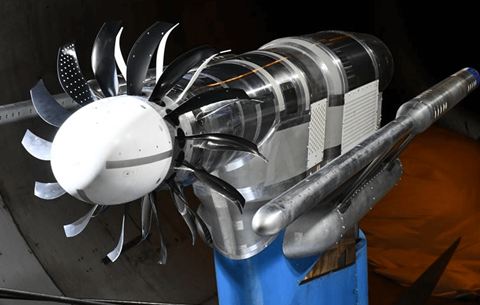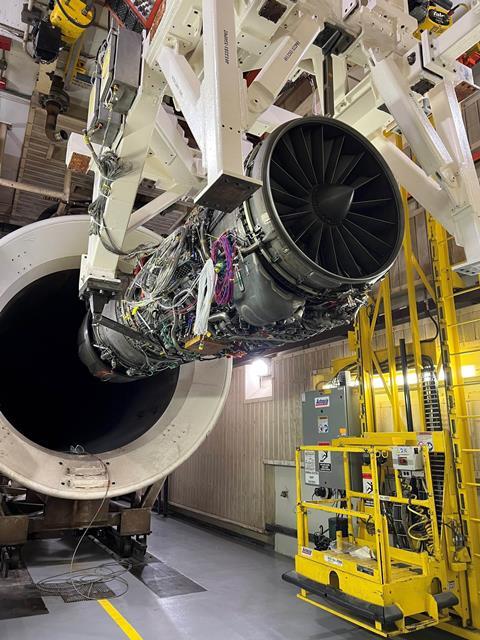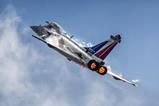Early results from windtunnel tests of a one-fifth-scale open-fan engine being evaluated in support of CFM International’s RISE programme are even better than predicted, the propulsion specialist has disclosed.
CFM partner company Safran in January announced that trials of the scaled Ecoengine, to assess its aerodynamic and acoustic performance, had begun at facilities run by French aerospace research agency ONERA.

Pierre Cottenceau, vice-president, engineering, research and technology at Safran Aircraft Engines, briefing journalists on 19 February, said around two-thirds of the planned 200h of testing have now been completed.
“It will keep on running for some part of 2024,” he says. “I would say generally we are very happy with the test results… [which] have come out a bit better than predictions.”
GE Aerospace, Safran’s US counterpart in the CFM joint venture, is also conducting a range of component level tests as the pair work towards flight tests of a demonstrator engine later this decade.
Last year, GE evaluated the thermal performance of high-pressure turbine blades and nozzles made from advanced materials including ceramic matrix composites using a modified F110 military engine.

Arjan Hegeman, general manager of advanced technologies at GE Aerospace, says the tests “confirmed the very low cooling demand for these blades”, yielding a “lower metal temperature then we would get with today’s cooling technologies.”
He does not specify the degree of improvement over the current standard but says it offers a “generational step-change in cooling capability”.
Although the RISE programme is “one of the most complex demonstrator campaigns” undertaken by CFM, says Hegeman, none of the challenges posed “seem insurmountable”.
“I have a hard time calling out one particular challenge that would keep me up at night,” he adds.
While flight testing is still some way off – the milestone is expected in the middle of the decade – the partners are keen to highlight their progress.
“What is very visible today is that the open-fan is becoming a reality because it has entered the test phase”, says Cottenceau. This will assess the “building blocks” for the new engine architecture.
Launched in 2021, the 35,000lb (156kN)-thrust class RISE demonstrator programme will allow the two CFM partners to mature the technologies required for a new narrowbody engine to potentially enter service in the mid-2030s.































